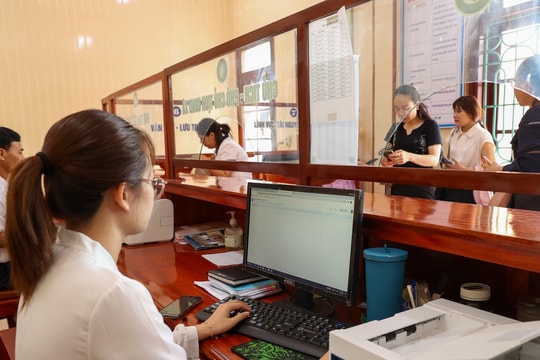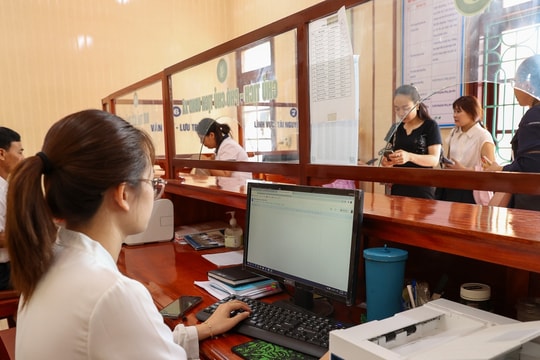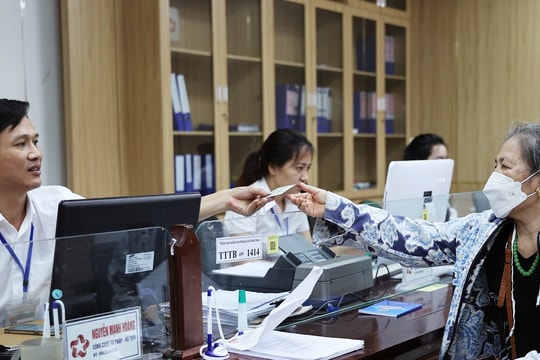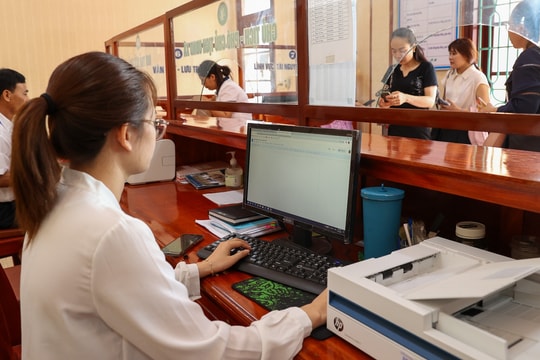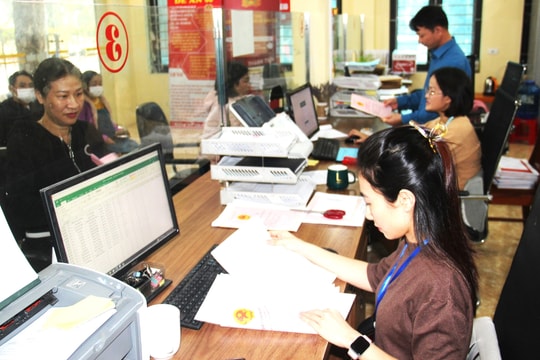Streamlining staff in many places is not serious and not substantial.
The implementation of regulations on streamlining staff management in many local ministries and sectors is not in line with the set goals.
On the morning of August 7, at the National Assembly House, the delegation supervising the implementation of legal policies on reforming the state administrative apparatus in the 2011-2016 period held its third meeting to work with the Government on receiving and explaining to complete the draft Report on monitoring results. Vice Chairman of the National Assembly Uong Chu Luu - Head of the delegation chaired the meeting.
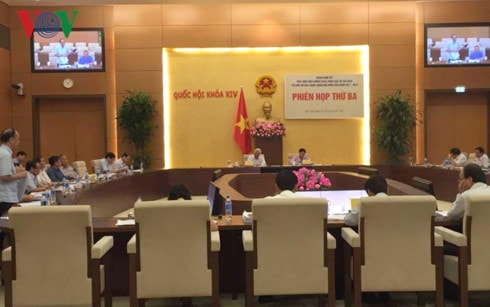 |
| The 3rd plenary session of the Supervisory Delegation on administrative apparatus reform. |
The report of the Supervisory Delegation at the meeting showed that from 2011 to 2016, the functions, tasks, powers, and organization of the state administrative apparatus were reviewed to clearly define the authority of each agency, and to overcome overlapping, overlapping, or vacant issues. The organizational structure of the Government continued to be kept stable, without increasing the number of ministries and ministerial-level agencies under the Government.
Since 2007, the Government's organizational structure has been reorganized in the direction of reducing the number of focal points, including 18 ministries, 4 ministerial-level agencies and 8 agencies under the Government. The system of public service units has also been gradually reorganized to reduce the number of focal points, initially implementing the autonomy mechanism in a number of areas.
However, the Supervisory Team also assessed: The organizational structure within ministries and ministerial-level agencies is still cumbersome, with many intermediate levels, and the number of administrative units has increased. The trend of upgrading departments to bureaus is taking place in many ministries.
Mr. Le Manh Ha, Deputy Head of the Government Office, said that although the ministries have been reduced, there are more ministries within the ministry, more general departments, more bureaus, which means that localities are still bothered, and people are still bothered by the ministries within this ministry. And the ministries within the ministry are never questioned while their power is no less than that of the ministries. Also, to issue licenses, the levels of requesting permission here are very large.
“It means we reduce the number of contacts but in reality it increases a lot, it is uncontrollable. There must be measures to limit it, even I think at the minimum level, it is better to have only advisory cases,” Mr. Le Manh Ha suggested.
Also through monitoring, the monitoring team found that there is still an imbalance between the number of people holding leadership and management positions and the number of staff civil servants. According to the reported data, in departments and bureaus under ministries, ministerial-level agencies, and government agencies, the number of civil servants holding management positions in the total number of civil servants accounts for 4/7. In addition, the implementation of regulations on streamlining staff in many local ministries and branches is not strict, not practical and not in line with the set goals. The number of staff in public service units under local ministries and branches is increasing rapidly. The situation of using contract workers to do professional work in violation of regulations in local ministries and branches is quite common. As of November 30, 2016, the total number of contract workers reached nearly 145,000 people.
To continue to improve the effectiveness and efficiency of the reform of the state administrative apparatus, the Supervisory Delegation proposed to focus on reviewing and perfecting the functions, tasks, powers and working relationships of the Government in the direction of promoting decentralization and reasonable delegation of power to ministries, branches and localities. Implement the principle that one agency does many things but one job is only assigned to one agency to preside over and take primary responsibility.
The tasks that the state is doing that businesses and society can do should be transferred to businesses and society. At the same time, the agencies in the state administrative apparatus should be organized and streamlined, with reduced intermediate levels and clear functions, tasks and powers. Streamlining the payroll should be carried out in conjunction with improving the quality of the staff, civil servants and public employees./.
According to VOV

